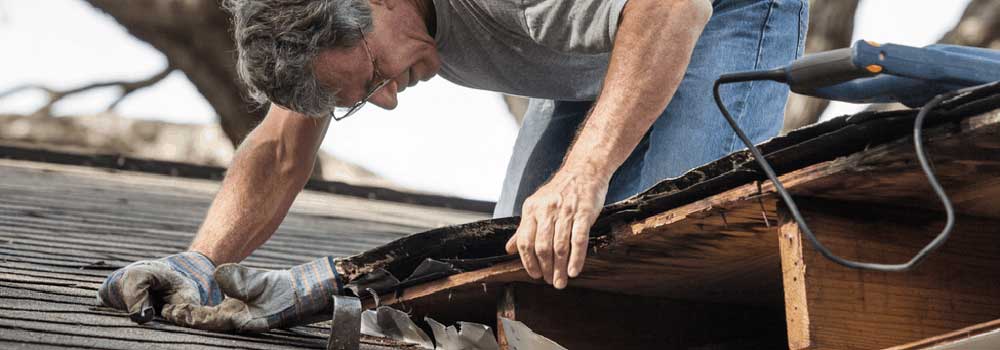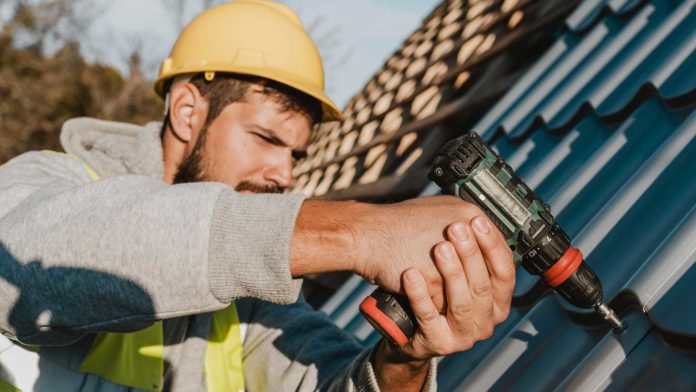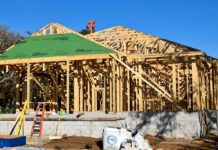A faulty roof may cause significant problems for your house, including expensive repairs and aggravating water damage. But have no dread! A watertight roof that won’t let in rain or snow is within your reach if you take the necessary precautions to avoid leaks.
Leaks may be avoided with preventative measures and routine roof maintenance. You can protect your roof and house from water damage by taking these five simple precautions. This post will discuss five critical steps to take to prevent leaks in your roof. Continue reading before you look for Journey Builders San Jose.
Regular Roof Inspections: The Foundation of Leak Prevention

Preventing roof leaks starts with routine inspections. It is essential to have expert assessments done at least twice a year, if not more often. During a check, watch for any deterioration or damage that might affect the roof’s safety.
Cracked, curling, or missing shingles need immediate care. Chimneys, vents, and skylights with damaged flashing should also raise the alarm. By doing regular checks, you may identify problems before they become catastrophic.
Avoid future expenses and severe water damage by proactively fixing minor issues immediately. Regarding roof leaks, remember that prevention is always preferable to repair.
Maintain Your Gutters: Keeping Water Flowing Smoothly
Water must be diverted from your roof and foundation, and gutters perform this essential duty. If they become blocked up with debris, water will back up and soak into your ceiling, creating leaks and damage. Keeping up with routine gutter cleaning might help you avoid these problems.
Maintaining clean gutters is essential all year round, but it is necessary in the autumn when leaves and other debris may gather. Clear the downspouts of any debris and check to see that they are diverting water away from the house’s foundation.
Gutter guards may stop debris from getting into your gutters in the first place, so you should give them some thought. These covers let water pass through but prevent leaves and other debris from clogging the system and causing roof leaks.
Proper Attic Insulation and Ventilation: The Secret to a Dry Roof
Ensure your attic is adequately insulated and vented to keep your roof dry and free of leaks. Water may leak beneath the shingles and into your house if there isn’t enough insulation to prevent the roof from freezing over and forming ice dams.
Condensation and the subsequent development of mold and mildew might result from poor attic ventilation. These problems endanger the structural stability of your roof and, more importantly, your family’s health.
You should add insulation to your attic until it reaches the R-value suggested for your area. A well-ventilated space will have intake and exhaust vents situated in a way that promotes airflow throughout the room.
Address Potential Problem Areas: Tackling Vulnerable Spots
Leaks often occur in roof valleys, where two roof planes meet. Verify that there is no damage to the valley flashing. Flashing is susceptible to environmental deterioration and should be inspected often and replaced as necessary.
Skylights, vents, and chimneys must have flashing installed around them. If your flash is damaged, water might leak into your house. Watch for wear and tear and address any issues as soon as possible.
Also, ensure no leaks or gaps in the seals surrounding your chimney or vents. If the seals are broken, water might seep in via these cracks. Leaks may be avoided by using roofing sealant or by repairing worn seals with the help of Journey Builders San Jose.
The use of skylights is another area ripe for trouble. Verify the integrity of the seal and the stability of the flashing surrounding the skylight. Installing a skylight cover or shade might help prevent leaks in heavy rain or snow.
You can considerably lessen the likelihood of roof leaks and ensure a watertight roof that will stand firm against the weather by addressing these problematic places and taking proactive actions to reinforce them.
Conclusion
Leaks may be avoided with preventative measures and routine roof maintenance. You can protect your roof and house from water damage by taking these five simple precautions.
Remember to examine your home often, keep your gutters clean, check your attic insulation and ventilation, secure any weak spots, prune any overhanging branches, and fix any problems as soon as possible. With these preventative steps, you may have confidence in a waterproof roof and a worry-free future.












